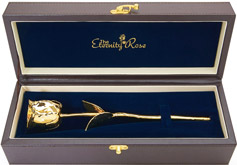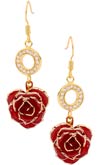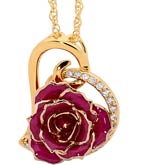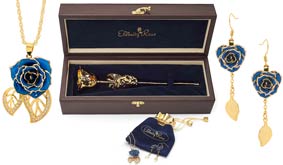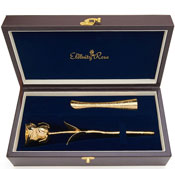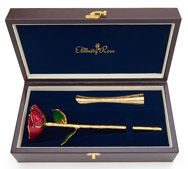How is it possible for white gold to become white? And how is rose gold rose?
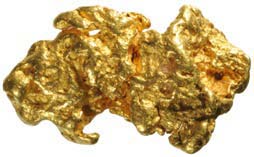
Overall, there is barely any disparity between the various gold alloys. The differences come in the metals which are added to pure gold to change its colour. This is what has occurred when producing rose or white gold.

If you add palladium or nickel to gold, white gold is formed. A mix of 17.3% nickel, 2.2% copper and 5.5% zinc is necessary to create 18 karat white gold, whereas a 62.5% silver blend is required to produce a 9 karat product.
Copper is mixed with gold to form rose gold, however depending on the amount of copper mixed into the gold, these products may differ considerably when it comes to their shade. When a high quantity of copper is used, a deeper red shade will be observed.
We measure gold's purity in terms of karats, with 1k being 1/24 gold. 9 karat gold is therefore 9/24 or 37.5% gold. 14 karat gold is 14/24 or 58.3% gold, and 18 karat gold is 18/24 (ie, 75% gold).
That means that 9 karat white gold will be “whiter” than 14 karat white gold, and in turn, this will be “whiter” than 18 karat white gold. Therefore, it is possible that 18 karat or 14 karat white gold will have some tinges of yellow when compared to 9 karat white gold, due to less gold having been incorporated into the mix.
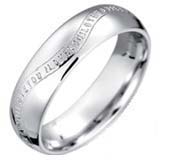
Gold's properties differ depending on the type of metal and its quantities used in making the blend. If nickel is mixed with gold, for example, it will become incredibly hard which makes it ideal for use when making rings. Alternatively, when gold is mixed with palladium, a soft metal, it is an ideal setting for gemstones which require a flexible form of gold alloy.
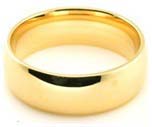
One important thing to be aware of about rose and white gold is that they are combined with another form of metal in order to form their colour. You cannot therefore achieve 24 karat rose gold or white gold.
It is also possible to create unusual gold alloys by mixing aluminium, silver or even iron with gold and these result in a gold that has tinges of purple, green or red. They may be rare, but these types still exist.










